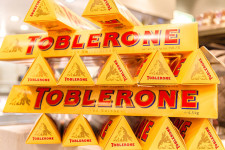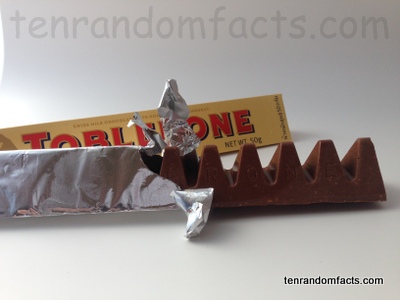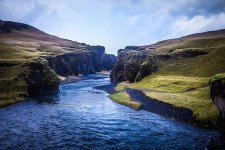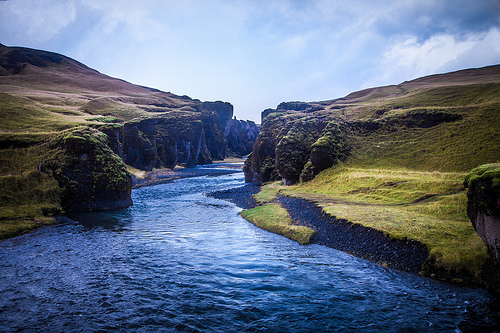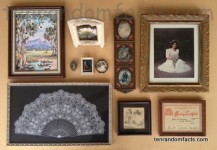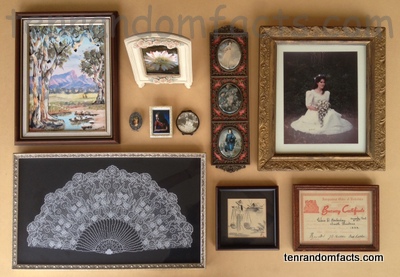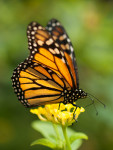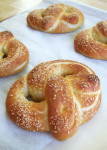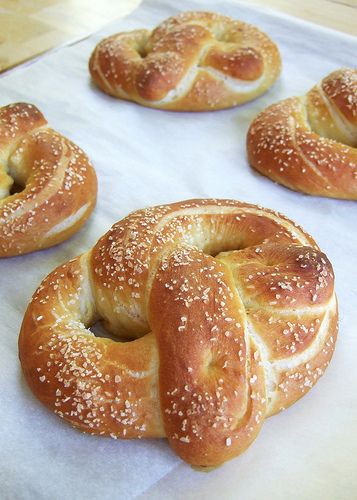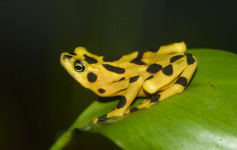
Don’t pick a fight with Panamanian golden frogs.
- Panamanian golden frogs are a brightly coloured amphibian species native to Central America’s Panama.
- ‘Panamanian golden frogs’ are also known as ‘golden arrow poison frogs’, ‘Zetek’s golden frogs’ and ‘golden frogs’, and despite their common name, they are toads, not frogs.
- The scientific name of the Panamanian golden frog is Atelopus zeteki and it is from the family Bufonidae, the family of true toads.
- Panamanian golden frogs have a distinctive gold, yellow or yellow-green skin colouration that is generally spotted with black, though the young toads are green in colour.
- The length of Panamanian golden frogs reach 3.5 to 6.3 centimetres (1.4 to 2.5 inches) and they are typically 3 to 15 grams (0.1 to 0.53 ounces) in weight.
A Panamanian Golden Frog
Image courtesy of Brian Gratwicke/Flickr
- The skin of adult Panamanian golden frogs is highly toxic on touch, excreting poisons deadly to rodents and other animals, and they are also potentially hazardous to humans.
- The diet of Panamanian golden frogs consists of invertebrates like spiders, ants, caterpillars, wasps, and flies, and the wider the variety of its diet, the more poisonous the toad becomes.
- Along with a noise that sounds like a whistle, Panamanian golden frogs commonly move their hands in a waving motion as a means of communication, signalling to both potential mates and threats.
- Panamanian golden frogs typically live in mountainous river and stream habitats, and have a lifespan of approximately 12 years, growing from egg to tadpole to adult.
- Due to fungal diseases and habitat destruction, Panamanian golden frogs are listed as critically endangered, although it is possible that in 2007, they became extinct in the wild.
Bibliography:
Panamanian Golden Frog, 2015, The Animal Facts, http://theanimalfacts.com/reptiles/panamanian-golden-frog/
Panamanian Golden Frog, 2015, San Diego Zoo, http://animals.sandiegozoo.org/animals/panamanian-golden-frog
Panamanian Golden Frog, 2015, Wikipedia, https://en.wikipedia.org/wiki/Panamanian_golden_frog
Platt J, Sunday Species Snapshot: Panamanian Golden Frog, 2014, Scientific American, http://blogs.scientificamerican.com/extinction-countdown/sunday-species-snapshot-panamanian-golden-frog/






